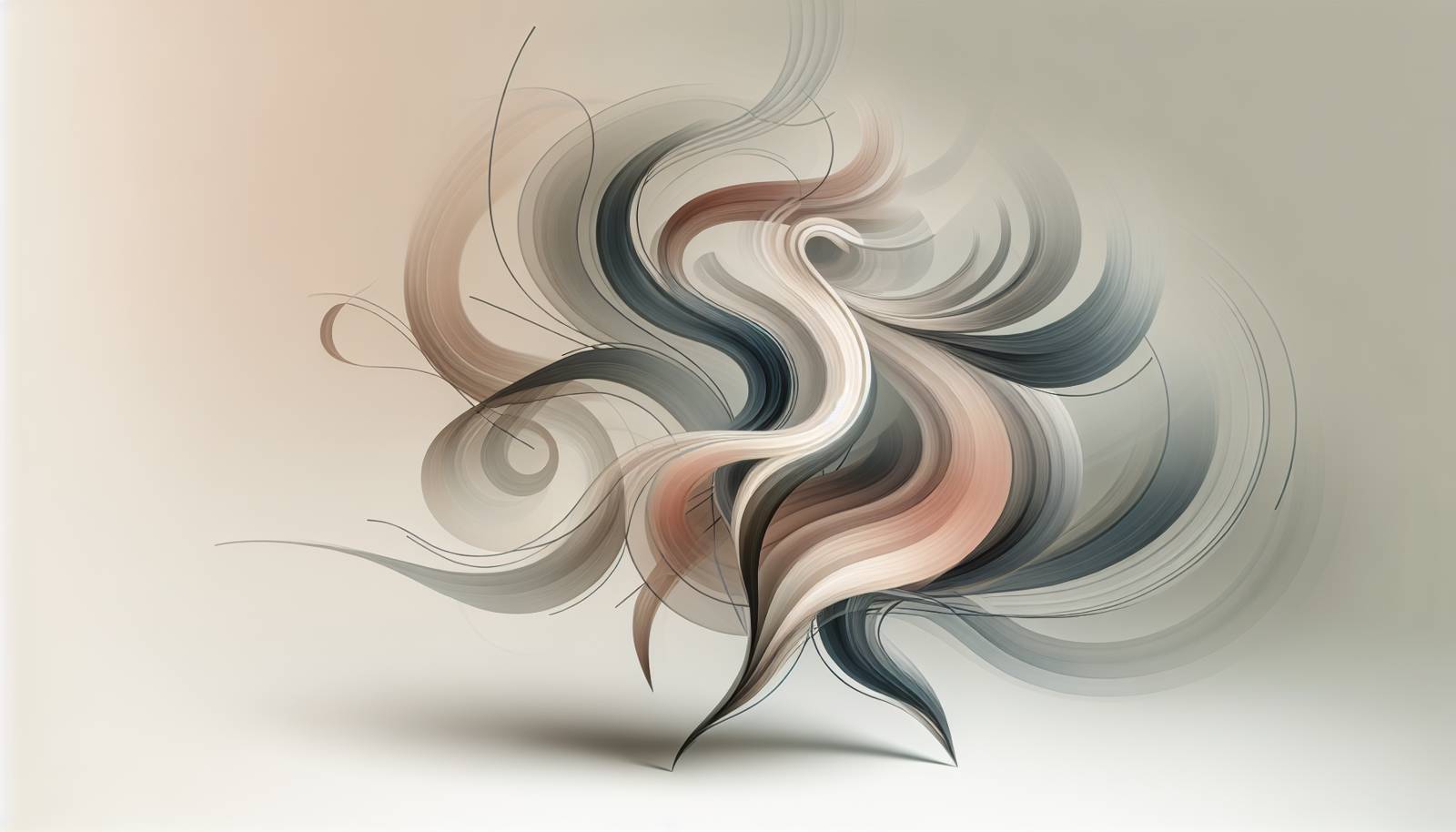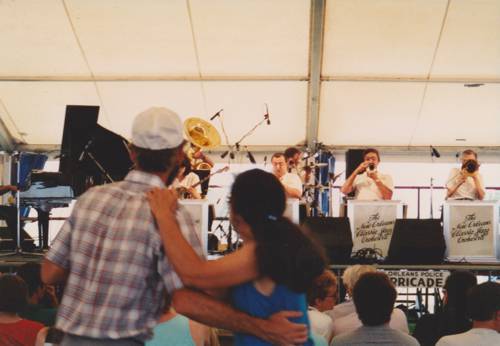
FAQ About The Evolution of Jazz Dance in Popular Culture

What is jazz dance?
Jazz dance is a performance dance style that originated in the United States in the early 20th century. It is characterized by its energetic movements, unique style, and improvisational nature, combining elements from ballet, contemporary dance, and African-American rhythms. Jazz dance emphasizes strong, dynamic poses and is often performed to jazz music, although it has adapted to various genres.

How did jazz dance originate?
Jazz dance originated in the early 20th century in the United States, inspired by the rhythms and movements of African dance. It gained popularity in social settings such as vaudeville and during the Jazz Age, a period marked by the rise of jazz music and dance following World War I. Early jazz dance was influenced by minstrel shows, folk dances, and the work of choreographers such as Jack Cole.

What are the key characteristics of jazz dance?
Jazz dance is known for its lively, dynamic, and expressive movements. Key characteristics include isolations, sharp turns, syncopated rhythms, bent knees, and quick footwork. It often involves improvisation and emphasizes individual expression, showcasing a dancer's unique personality through their performance. The style is versatile and can be both theatrical and intimate.

How has jazz dance influenced popular culture?
Jazz dance has significantly influenced popular culture by inspiring many other dance forms and being featured widely in musical theater, film, and television. It has been adapted into street dance styles and influenced choreography for pop music videos. Jazz dance's emphasis on personal style and expression has permeated various aspects of entertainment, encouraging creativity and innovation.

What are the different styles of jazz dance?
Several styles of jazz dance have developed over time, including classical jazz, contemporary jazz, jazz funk, lyrical jazz, and swing dance. Each style incorporates jazz's core elements but varies in emphasis, whether it's more aligned with modern dance techniques or incorporates street dance and hip-hop influences. Jazz dance is a continually evolving form, adapting to new music and cultural trends.

How did jazz dance influence other dance genres?
Jazz dance has influenced a wide range of dance genres through its dynamic movements and expressive style. It has contributed to the development of ballet jazz, contemporary dance, and even hip-hop. Choreographers often integrate jazz dance techniques when creating new dance pieces, especially in musical theater and commercial dance projects. Its adaptability has made it a foundational element in the dance world.

Who are some famous jazz dancers and choreographers?
Famous jazz dancers and choreographers include Jack Cole, known as the father of jazz dance technique, Agnes de Mille, Bob Fosse, known for his unique jazz choreography style, and Michael Bennett, who brought jazz dance to Broadway audiences. Their work has left a lasting impact on the dance community and continues to influence contemporary choreographers and performers.

How has jazz dance evolved over the decades?
Jazz dance has evolved significantly over the decades, adapting to changes in music styles and cultural influences. In the 1920s and 1930s, jazz dance was heavily associated with swing and tap. The mid-20th century saw the integration of ballet techniques, leading to the development of theatrical jazz seen in musicals. Today, jazz dance incorporates urban styles, focusing on individual expression and versatility.

What role did jazz dance play in musical theater?
Jazz dance has played a critical role in musical theater by bringing dynamic and energetic choreography to performances. It revolutionized stage dance during the Jazz Age and paved the way for the musical theater spectacles of the mid-20th century. Choreographers like Bob Fosse and Jerome Robbins utilized jazz dance to create iconic dance scenes in musicals like "Chicago" and "West Side Story."

What are some misconceptions about jazz dance?
A common misconception is that jazz dance is solely linked to jazz music, when in fact it encompasses a wide variety of music styles. Another misconception is that jazz dance is just flashy movement without substance, yet it requires technical precision and expressive capability. Jazz dance also spans various styles, from jazzy Broadway routines to contemporary interpretation.

How is jazz dance taught in dance schools today?
Jazz dance is taught in dance schools with a focus on technique and expression. Classes typically begin with a warm-up that includes stretching and conditioning. Instruction covers fundamental movements like kicks, leaps, and turns, as well as choreography to help students understand rhythm and musicality. Students also learn improvisational skills, vital for cultivating personal style.

What is the significance of improvisation in jazz dance?
Improvisation is a crucial element in jazz dance, allowing dancers to showcase their individuality and creativity. It encourages spontaneity and personal expression, helping dancers develop their style. Historically, improvisation is rooted in jazz music, where musicians frequently improvised solos and compositions, paralleling the dancer's exploration of movement.

How has jazz dance been represented in film?
Jazz dance has been represented in film through iconic musicals and dance-centric movies that illustrate its vibrant nature. Films like "Singin' in the Rain," "Fame," and "La La Land" feature jazz dance sequences that highlight the style's exuberance and adaptability. Hollywood has often used jazz dance to underpin energetic and emotional narratives that resonate with audiences.

How did the Jazz Age impact the development of jazz dance?
The Jazz Age, marked by post-World War I societal changes and the flourishing of jazz music, had a significant impact on the development of jazz dance. It brought jazz dance into the mainstream, popularizing it in social clubs and performances. This era fostered innovation and creativity, encouraging dancers to break away from traditional structures to explore dynamic and diverse movements.

What are some essential jazz dance techniques?
Essential jazz dance techniques include isolations, where a dancer moves one part of their body independently; rhythm manipulations, embodying syncopation and sharp accents; and contractions and releases, reflecting the music's intensity. Additionally, dancers learn foundational positions, leaps, kicks, and turns, building stamina and agility for performative sequences.

What are the key differences between jazz dance and ballet?
Jazz dance and ballet differ primarily in their stylistic execution and aesthetic focus. Ballet is characterized by its formal, structured movements and emphasis on precision and grace, while jazz dance is more expressive and improvisational. Jazz thrives on rhythm and isolation techniques and highlights individual expression, whereas ballet focuses on choreographic uniformity and classical lines.

How do jazz dance styles vary internationally?
Jazz dance styles vary internationally due to cultural influences and adaptations. In the United States, the style often includes elements of hip-hop and street dance, while European jazz might incorporate more contemporary dance techniques. In Japan, jazz dance sometimes blends traditional movements with modern interpretations. The global influence of music and media contributes to these variations.

What is jazz funk and how does it relate to jazz dance?
Jazz funk is a hybrid style that combines elements of traditional jazz dance with street dance and funk aesthetics. It emphasizes strong movements and stylized poses, blending the rhythmic qualities of jazz with the expressive nature of funk dance. Jazz funk's connection to jazz dance lies in its improvisational nature and focus on personal expression, appealing to contemporary audiences.

Are there dance competitions that focus on jazz dance?
Yes, many dance competitions around the world focus on jazz dance, showcasing talent and creativity. Events like the International Dance Organization's (IDO) World Jazz Dance Championships and various dance conventions provide platforms for dancers to demonstrate their skills in jazz dance. These competitions encourage artistic excellence and the exchange of innovative ideas among dancers.

How does jazz dance contribute to physical fitness?
Jazz dance contributes significantly to physical fitness by improving cardiovascular health, enhancing flexibility, and developing muscle strength. The energetic style engages diverse muscle groups through isolations, leaps, and dynamic movements, promoting endurance and coordination. Jazz dance also boosts mental well-being through its expressive nature, offering a holistic approach to fitness.
